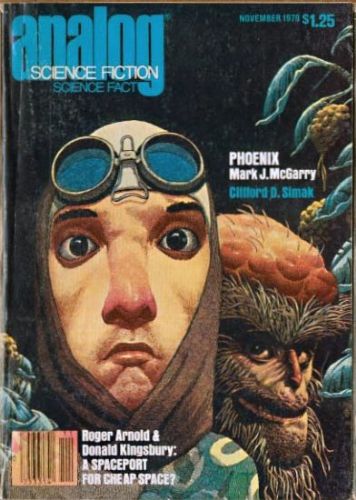Randy, what I suspect happened was this: all of these early Sherlock Holmes stories (and the later ones too, I imagine) were, I think, issued in magazine form first.
Thus, Doyle would have thought of readers of "A Scandal in Bohemia" as magazine readers who likely would already have read (in installments) A Study in Scarlet and The Sign of the Four. They would be ready for the surprise of a story in which the great detective was outsmarted by a woman. But for readers who pick up the stories collected as The Adventures as their first Holmes book, the collection starts off with "Scandal." The story's impact is lessened when you haven't been set up to see Holmes as super-clever by previous reading. Of course, he's now so well established in the popular imagination as the brilliant sleuth that perhaps it doesn't matter a whole lot if "Scandal" turns out to be the first Holmes story you actually read.
Before I retired, I included the little Dover collection of six great Sherlock Holmes stories as a required text in a freshman comp course that included an introduction to literature component. "Scandal" was the first story, but we would start with the eerie "Speckled Band" and they'd read "Scandal" as the third story (after "Red-Headed League").
These stories were really nice for getting students to consider basic things such as protagonist, antagonist, dilemma, points of view, irony (verbal, dramatic, situation), and so on. I used also to have them buy the Dover books of Kipling and Hawthorne stories. But those were perhaps too hard as the years passed, even with my annotations. I blame technology habits for a lot of that.


